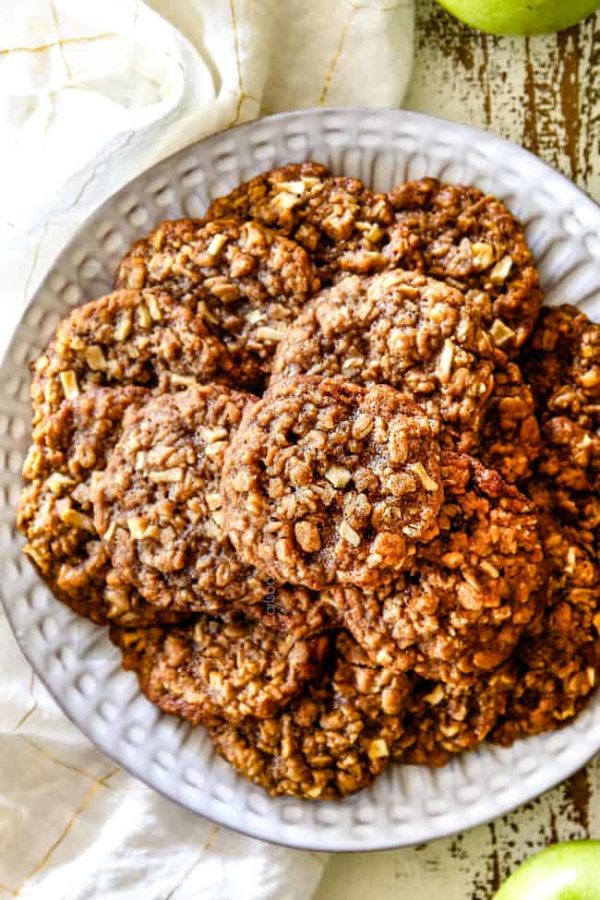- 6 pounds of hot peppers (we used hot Hungarian wax peppers)
- 12 cups cider vinegar
- 4 cups water
- 6 cloves of garlic, peeled and smashed with the flat side of a chef’s knife
Wash the jars in the dishwasher.
While the jars are washing, prepare the peppers. First, put on a pair of rubber or plastic gloves – if you don’t you’ll regret it (your skin will become dry, red and burned from the peppers’ oil, and the oil will linger on your skin no matter how well you wash afterwards, and they you will inevitable touch your eye and be in a lot of pain. A LOT. Wear the gloves). Rinse the peppers under cold running water. Cut off and discard the stem, then slice the peppers into rings. For hot peppers, keep the white membrane and the seeds (even if they fall out when cutting, keep them in the mix of pepper rings and use them when you fill the jars – the membranes and seeds are where most of the heat lives). Transfer pepper rings and any dislodged membranes and seeds to a large bowl.
Also, while the jars are washing, prep your canning area. I like to put down old (clean) kitchen towels and hot pads so I don’t have to worry about scorching the counter. Get your jar lifter, lid wand, ladle, rings, lids, and wide mouth funnel ready. I use a chopstick to remove air bubbles, but you can also use a small plastic spatula or plastic spoon (just don’t use a metal utensil, which can scratch and/or crack your jars).
Remove hot jars from dishwasher, place inside canner and fill the canner with hot water so that all of the jars are full and covered by 1 inch of water. Put the canner on your largest burner and bring the water to a boil.
Bring a small pot of water to a simmer. Add the lids to the simmering water; do not boil the lids.
Combine the vinegar, water and garlic in a large pot and bring to a boil.
Remove the pots of simmering lids and brine from the stove and place on hot pads near your jar filling station. Remove garlic cloves from brine and discard. Place the pepper rings near your filling station. Have the canning tools listed in step 3 handy.
Remove 1 jar from the canning pot and dump out the water. Pack the pepper rings (and any loose membranes/seeds) into the jar. Place the jar on the counter, place the funnel on top of the jar and ladle in the hot brine, leaving 1/4 inch headspace at the top of the jar. Take the funnel off of the jar and use a chopstick to remove the air bubbles; add more brine if needed to maintain 1/4 inch of headspace after the jar is de-bubbled. Wipe the rim of the jar with a damp paper towel. Use the lid wand to remove 1 lid from the pot and place it on top of the jar. Screw the ring onto the jar until it is finger-tip tight (you don’t want it to be too tight or the air won’t be able to escape during processing). Repeat with each jar until all of the jars are full.
Return the jars to the boiling water in the canner. The water should cover the jars by at least 1 inch. Place the lid on the canner and process at a full boil for 10 minutes. Remove the jars from the canner and place on a towel on the counter. Do not disturb the jars while they cool.
Label the sealed jars and store in a cool, dry place for up to 1 year. If any of the lids fail to seal, the unsealed jars should be refrigerated because they are not shelf stable.




